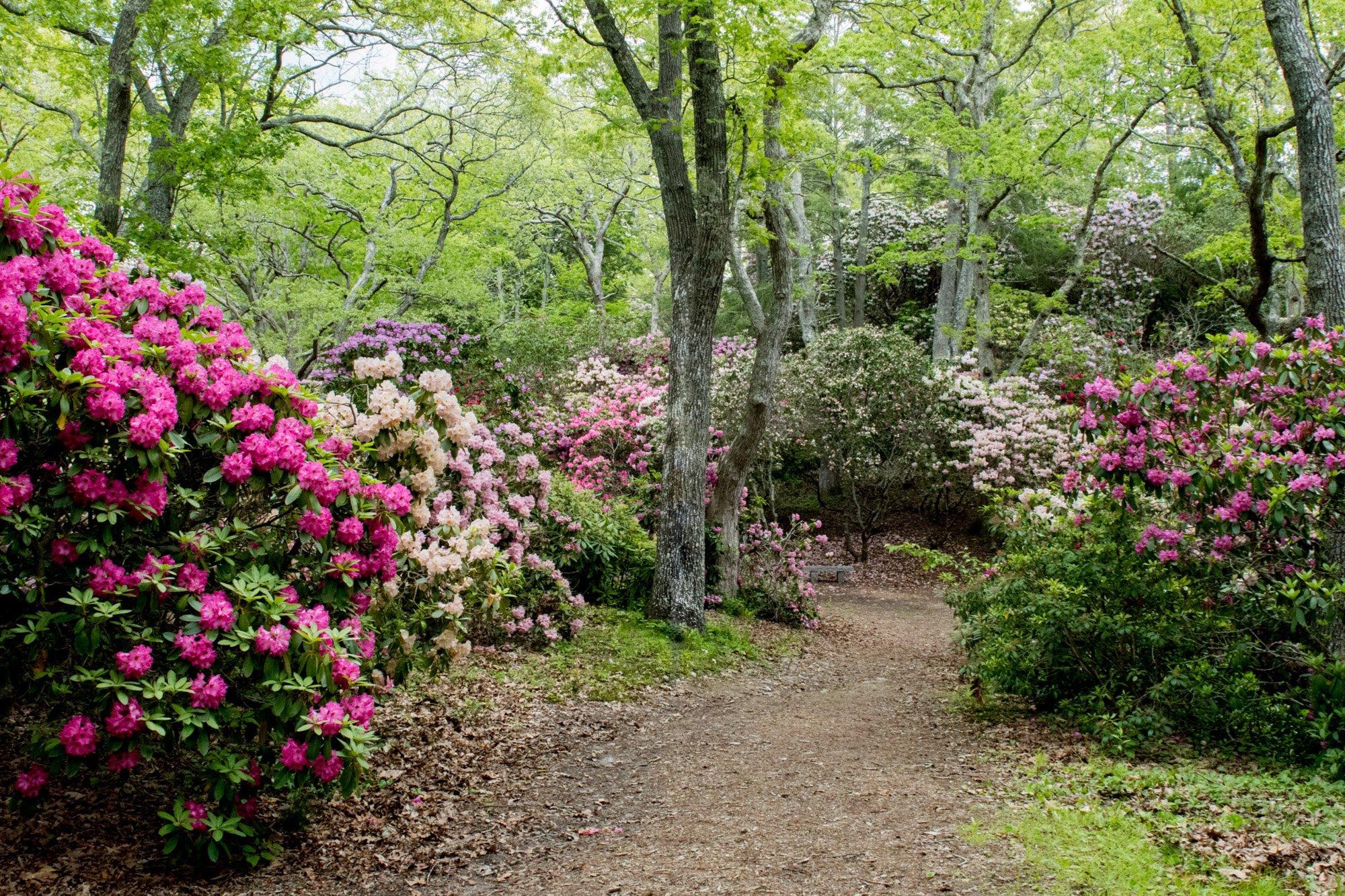WE’RE NOT TOYS!
By: Amanda Wastrom, Curator
People who have been coming to Heritage for years (generations even), usually have a favorite object that they come to see. Maybe it is the carousel or the 1913 Model T, the Old East Mill or the Rhododendron collection. For many visitors, our collection of military miniatures ranks up there as a fan favorite. For some, their interest comes from a love of military history. For others (my two young sons included), it may simply be the magic that happens when you create a perfect, tiny replica of something. They could stare at those tiny cannons and hand painted flags ALL DAY!
Two years ago, due to construction, the military miniatures were not out on display and we certainly heard about it (Mommy, where are the tiny cannons?!). Thankfully, they will be back out this season, with around twelve regiments on view in the American Art & Carousel Gallery. It is a small sampling of the more than 5,000 soldiers in the collection, but the display shows a broad cross-section of time periods and divisions of the U.S. military.
These tiny soldiers have quite the origin story. It’s a story of craftsmanship, attention to detail, and perseverance—you’d need a lot of that last one to make 5,000 of anything! But before we get into that, let’s clear up one key fact. Despite similarities in appearance and size, these guys are not toy soldiers. Never meant to be played with in the traditional sense, their purpose has always been more about studying and preserving military history.
This particular collection came into existence purely through the interest and determination of J.K. Lilly Jr., the father of Heritage’s founder, J.K. Lilly III. J.K. Lilly Jr. was a consummate collector–of gold coins, rare books and more. He was constantly curious about the world. Once he latched on to a particular subject, he would learn everything he could about it. One of his major interests was military history. He knew of the tradition of using miniatures to study military history in Europe. He searched to see what he could find for the U.S. military and when he came up empty-handed, he decided to hire someone to make them. It was an arduous process to find the right maker, but eventually he connected with a husband and wife team, Harry and Lisl Barker.
The Barkers made all of the figures by hand, with Harry casting and Lisl painting. They hired a researcher to ensure that the regiments were outfitted properly. If you look closely, each of the units is different—from their hats to their boots to their backpacks. And each one has a story. Sometimes the stories are challenging to track down—featuring units that are an historical sidebar— sometimes they are well-known, like the regiment for the U.S.S. Constitution. Shown here are three of the units that will be on display this summer, along with a little bit of their stories.
Ancient & Honorable Artillery Company of Massachusetts: 1638

Still active today, this company is the oldest chartered military organization in North America and was originally formed to train young men as officers to serve in various militias of the Massachusetts Bay Colony. Since 1746, the company has been headquartered in Faneuil Hall in Boston.
Texas Rangers: 1835

This force of rough and ready mounted soldiers was formed in 1835 to range and guard the frontiers of Texas. The men were enlisted for a year and provided their own horses and equipment. While in reality they were often poorly equipped and ineptly led, their exploits and superior horsemanship are now part of American lore.
Corps D’Afrique: 1863-1864

Beginning in 1862, black military units were formed in South Carolina, Louisiana, and Kansas to fight for the Union side—although these were not sanctioned by the U.S. military yet. By 1863, the U.S. military decided to officially organize a “Corps d’Afrique” composed of former slaves and free men of color. The Corps eventually totaled thirty regiments including cavalry, heavy artillery, engineers, and infantry.








